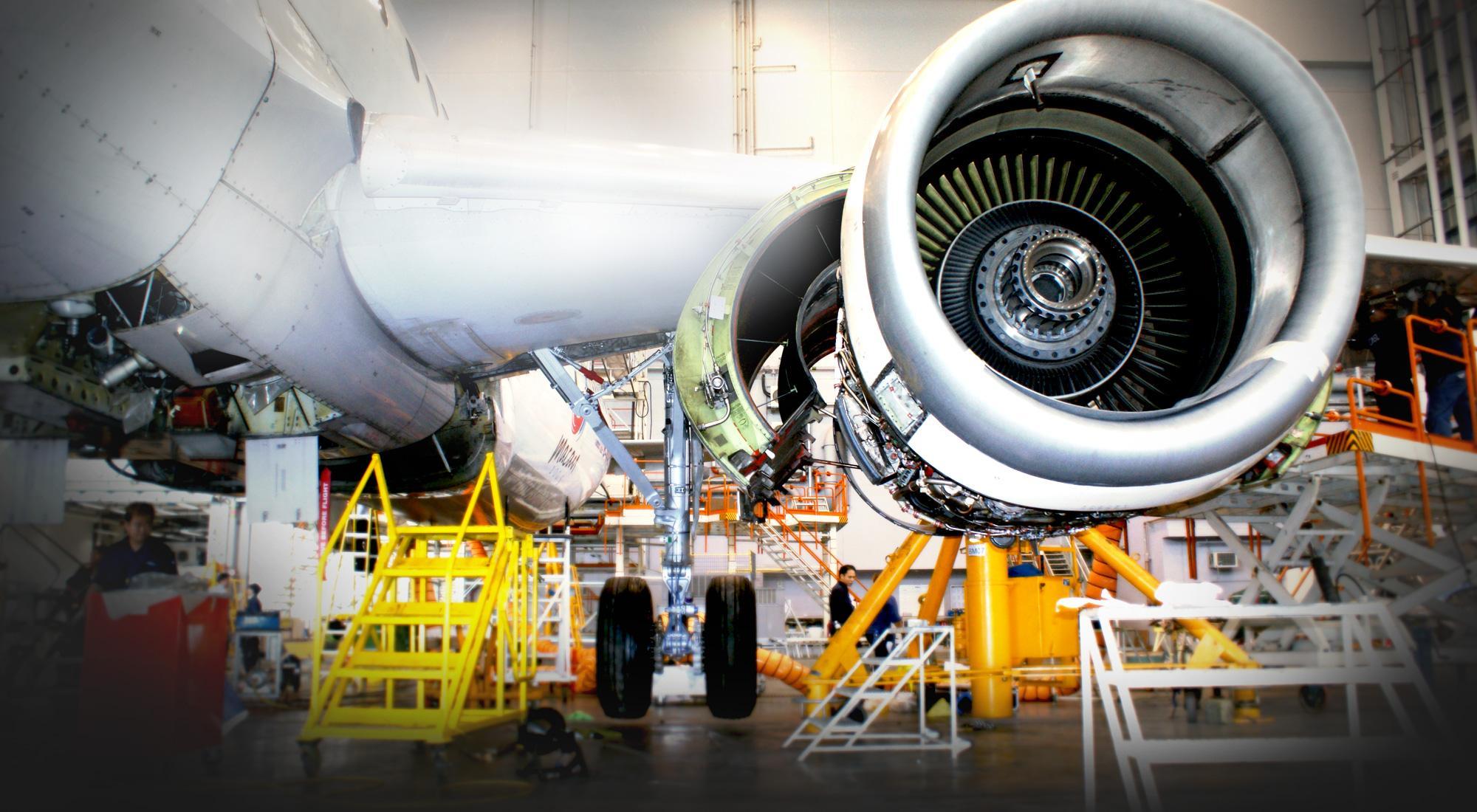As China Targets 2021 Passenger Recovery, Domestic MROs Add Capabilities

The Civil Aviation Administration of China (CAAC) is aiming for a total of 590 million airline passengers in 2021, 90% of the pre-COVID levels. It will also seek 7.5 million tons of air freight this year, almost the same as before the virus crisis.
The COVID pandemic hit both China and its international trade and tourism partners hard in early 2020. By the second week of February 2020, domestic daily flights were down about 80% from year-before levels, according to RadarBox. Domestic travel recovered strongly late last year after a very severe lockdown and, according to the Chinese government, successful suppression of the virus.
By October 2020, domestic flights were actually running close to or ahead of 2019 levels. The Chinese narrowbody market, both airframes and engines, was one of the few strong sectors of aftermarket demand last year.
Then a second outbreak of the virus prompted new restrictions and domestic flights fell in early 2021. But they now appear to be recovering.
These are trends for flights, not passengers. As elsewhere, Chinese aircraft have been operating at low load factors. So the CAAC goal of a 90% passenger recovery implies getting seats filled, as well as more aircraft flying. That matters for maintenance, as daily flights set MRO requirements, but passenger revenues are necessary to pay for maintenance work and materials.
The 90% goal also implies improving foreign flying, which China cannot do alone. For international flights, which represent about 23% of Chinese flights, have been a different story.
These dived dramatically too in early 2020, and are still only about a third of pre-crisis levels. Major airlines like China Southern and China Eastern that depend heavily on international flights, are still flying only about half of pre-COVID daily flights.
Cargo flights, in China as elsewhere, have been much stronger. China’s domestic cargo shipments were boosted by the country’s real GDP growth of more than 2% in 2020, while the rest of the world was shrinking. And Chinese GDP was accelerating as the year ended and looks headed for strong growth in 2021.
But China’s international growth of both passenger and cargo aviation depends on recovery of other countries too. That is likely why the CAAC has set a relatively modest goal – almost back to 2019 levels -- for its own recovery.
Besides China’s major airlines, other aviation companies have an interest in the world economy. Hong Kong’s China Aircraft Services (CASL) is eager for the recovery in international traffic. The MRO largely depends on short- to medium-haul international flights in the Asia-Pacific region. CASL has been installing a new MRO IT system, supplied by Ramco Systems, in preparation for the revival of its business.
CASL specializes in line, base and other services for narrowbody aircraft. It recently expanded its capabilities by performing an aircraft skin panel replacement on an Airbus A321.
The process involved removal of cockpit electrical panels, racks and wiring, followed by stripping paints and removing fasteners before positioning new skin panels and applying sealants. Interior and exterior structure protection were then added before restoring everything, including insulation blankets and panels.





